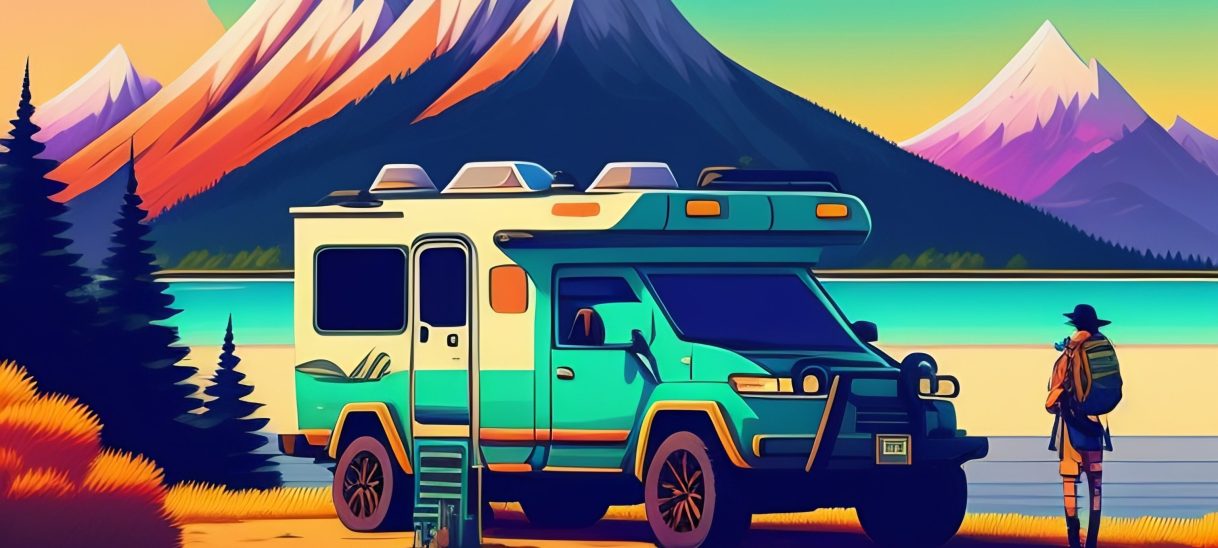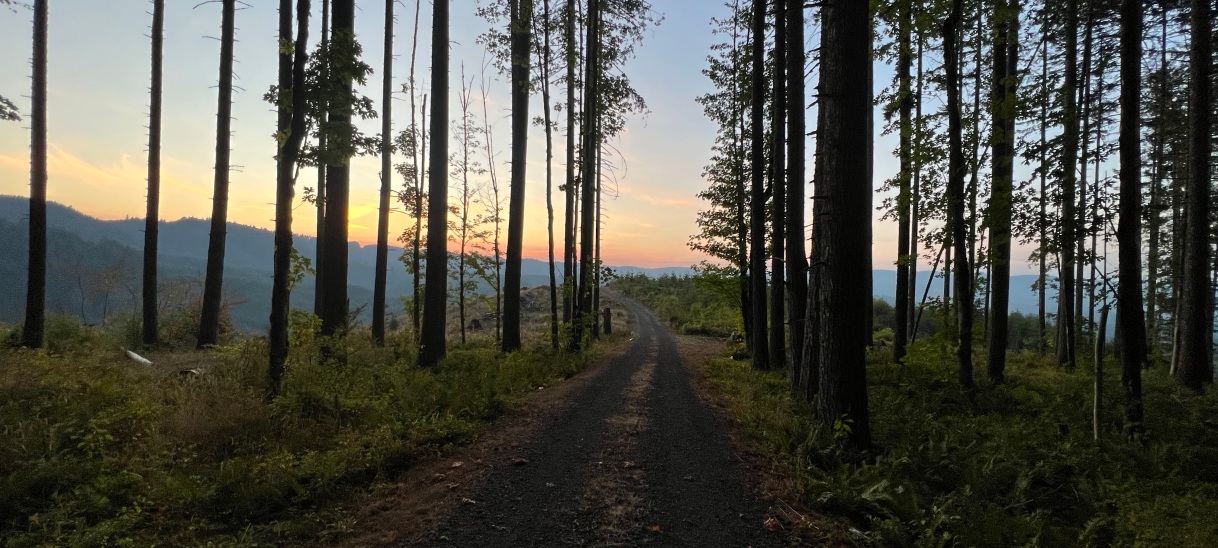When people think of camping, they often picture pitching a tent in a designated campground and enjoying s’mores around the campfire. However, there’s a different type of camping experience that’s gaining popularity: overlanding. Overlanding is often confused with car camping, but the two are actually quite different. Both offer opportunities to escape the daily grind and connect with nature, but overlanding takes camping to the next level. In this article, I’ll explore the differences between overlanding and car camping to clear up any confusion and help you understand the unique characteristics and benefits of each type of camping.
Read moreCategory: Camping
How to find camping spots with cell reception
If you’re a digital nomad living the car camping life, you’re properly looking for nice camping spots that have reception. After all, you still need to work to sustain this lifestyle. Fortunately, there are tons of beautiful camping spots out there that still have reception, even if they are seemingly remote or secluded. And there are a few tools you can use to find them.
Read moreThe hidden gems for camping are down forest roads
Ever since I started doing some serious exploring for prime camping spots I’ve learned that the hidden gems are down forest roads. I’ve been doing occasional camping since I was a kid, but usually at well-known, maintained campgrounds in the PNW area. Now that I have my 4×4 and some trusty apps, my world has been opened up to some amazing new places.
Read moreLong-term camping is teaching me to be more sustainable
This article contains affiliate marketing links.
As I ramp up my car-camping digital nomad lifestyle, I’ve been reflecting on how it’s teaching me to be more sustainable. More so than I’d be at home with seemingly unlimited resources. Out on the road, I have noticeably finite resources, especially when I’m in more remote places for long periods. So long-term camping has me thinking about how the products I use affect the environment and how I can best stretch out my resources.
Read more




